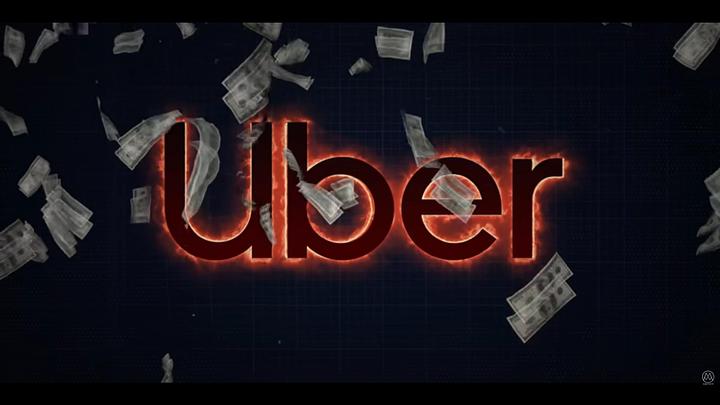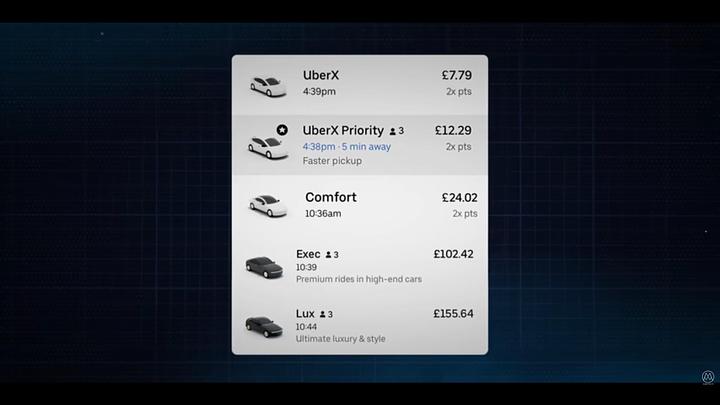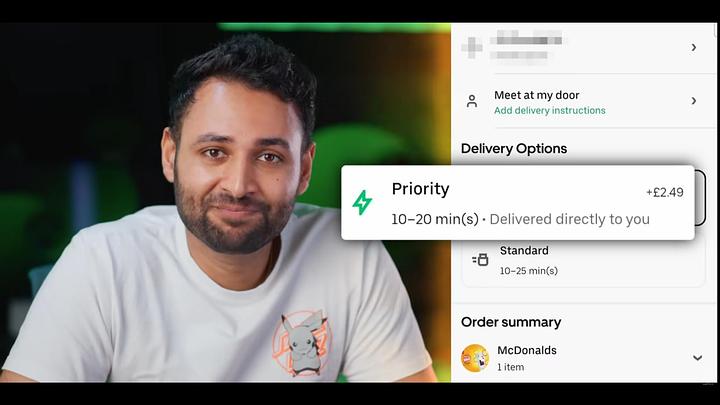The Internet is starting to Break - Here's Why.
Mrwhosetheboss
24 min, 39 sec
The video discusses the manipulative and exploitative business practices of big tech companies, focusing on the issues with subscriptions, tiering, and dark patterns.
Summary
- The video criticizes big tech companies like Amazon, Uber, Facebook, and Netflix for deteriorating service quality while increasing costs for users.
- It explains the 'ification' pattern where companies first attract users by solving a key problem and offering surplus value, then shift focus to maximizing profits at the expense of service quality.
- The video highlights the manipulation of tiering services, increased subscription costs, and dark patterns designed to confuse or mislead consumers.
- It provides examples of deceptive practices, such as hidden fees, misleading cancelation processes, and inflated delivery costs.
- The video concludes with a call for consumer awareness and policy changes to protect users from exploitative business practices.
Chapter 1

An overview of how big tech companies have worsened their services over time, focusing on convenience and cost.
- The speaker opens by stating that big tech companies like Amazon, Uber, and Netflix suck now.
- They explain that these companies initially attracted users by offering convenient services at lower costs.
- An example is given of Uber's rise by offering cheaper, cleaner, and friendlier alternatives to taxis.

Chapter 2

Detailed account of how Uber evolved from a user-focused service to a market-controlling entity.
- Uber, once established, changed tactics from attracting users to controlling drivers.
- The company started offering bonuses and benefits to drivers to lock them into the platform.
- Uber's surge pricing is discussed with an anecdote of paying a high price for a ride due to demand.

Chapter 3

An explanation of the 'ification' strategy where tech companies shift surplus value from users to themselves.
- The 'ification' pattern involves initially attracting users, then drawing in suppliers, and finally monopolizing the market.
- Once a monopoly is established, companies maximize profits by raising costs for users and decreasing payments to suppliers.
- Companies become beholden to shareholders, focusing on immediate profits instead of the long-term health of the service.

Chapter 4

Analysis of how companies use tiering to manipulate service quality and extract more money from customers.
- Tiering services offer different levels of service quality at varying price points, often reducing the base service quality.
- Netflix is cited as an example of a company that introduced new, more expensive tiers and added advertisements to its service.

Chapter 5

Discussion on how subscriptions exploit consumers by providing worse service for more money over time.
- Companies use subscriptions to make services more accessible but end up charging more for less value over time.
- Amazon Prime is criticized for charging for faster delivery and requiring minimum spends despite a paid membership.
- Uber's increasing prices and degradation of service quality are highlighted, along with the illusory nature of discounts.

Chapter 6

A deep dive into the hidden fees and additional costs that platforms like Uber Eats and Amazon charge consumers.
- Uber Eats is shown to inflate food prices and add multiple delivery fees, including a misleading priority delivery charge.
- The segment demonstrates how platform fees are not transparent, with companies taking a significant cut from various angles.

Chapter 7

Examination of dark patterns used by companies to mislead customers and make it difficult to cancel subscriptions.
- Dark patterns include confusing website designs, manipulation of default options, and aggressive retention tactics.
- Examples are given from personal experiences, such as being charged weekly for a rarely used app and Amazon's delivery selection.

Chapter 8

A summary of how the proliferation of subscriptions leads to higher costs and reduced value for consumers.
- The introduction of multiple streaming services has led consumers to pay more while using each service less.
- The video suggests rotating subscriptions and calls for policy changes to enforce fairer business practices.

Chapter 9

The video concludes with advice on subscription management and the need for consumer protection.
- Advice is offered on managing subscriptions, such as canceling immediately after a trial period.
- A call for policy improvements to keep platforms accountable to their initial user promises.
- The video ends with the speaker's own experience with a deceptive PlayStation subscription cancellation process.

More Mrwhosetheboss summaries

I bought the CRAZIEST tech in Japan
Mrwhosetheboss
A detailed exploration of Japanese technology and culture through a shopping spree and interaction with various gadgets and services.

The Best Apps of 2023!
Mrwhosetheboss
A detailed exploration of 15 apps that enhance life in various ways, from AI-powered photo colorization to efficient travel planning.

I bought the CHEAPEST Tech in India!
Mrwhosetheboss
A detailed journey of buying and testing various tech gadgets in Asia's biggest computer market in India.

Apple Vision Pro Review - Why does this EXIST?
Mrwhosetheboss
An in-depth review and critique of the Apple Vision Pro focusing on its intended purpose, features, limitations, and potential implications for users.

I tested every new Samsung product!
Mrwhosetheboss
A comprehensive look at Samsung's latest product releases, including the Z Flip 6, Galaxy Ring, and Watch Ultra.